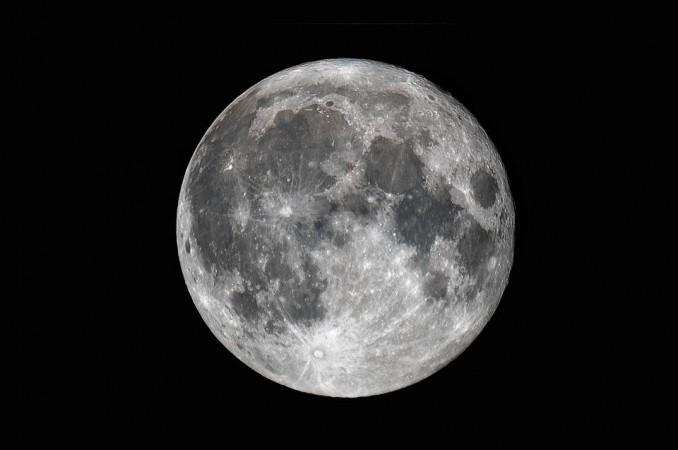The first supermoon of the year has graced the night sky, offering a remarkable lunar spectacle that is both the closest and brightest of 2023.
Known as the Buck Moon, this celestial event rose on Monday, July 3, reaching its peak illumination at 7:39 a.m. ET, according to the Old Farmer's Almanac. Although it has already achieved peak brightness, the Buck Moon will continue to adorn the night sky on the evening of July 3.

While a full moon occurs every month, a supermoon is a rarer and more captivating phenomenon. It occurs when a full moon coincides with its closest approach to Earth, resulting in a dazzling and intensified display for observers. In the case of the Buck Moon, it is situated approximately 14,000 miles closer to our planet than an average moon.

Each month's full moon carries a distinct name, and the July moon is commonly referred to as the Buck Moon.
This name originates from Native American traditions, which symbolize the time when male deer's antlers grow during their annual cycle of shedding and regrowth.
It's a wonderful opportunity for skygazers and astronomy enthusiasts to witness this remarkable lunar spectacle and appreciate the natural wonders that unfold in the night sky. So, take a moment to bask in the brilliance of the Buck Moon and marvel at the beauty of our celestial companion.









